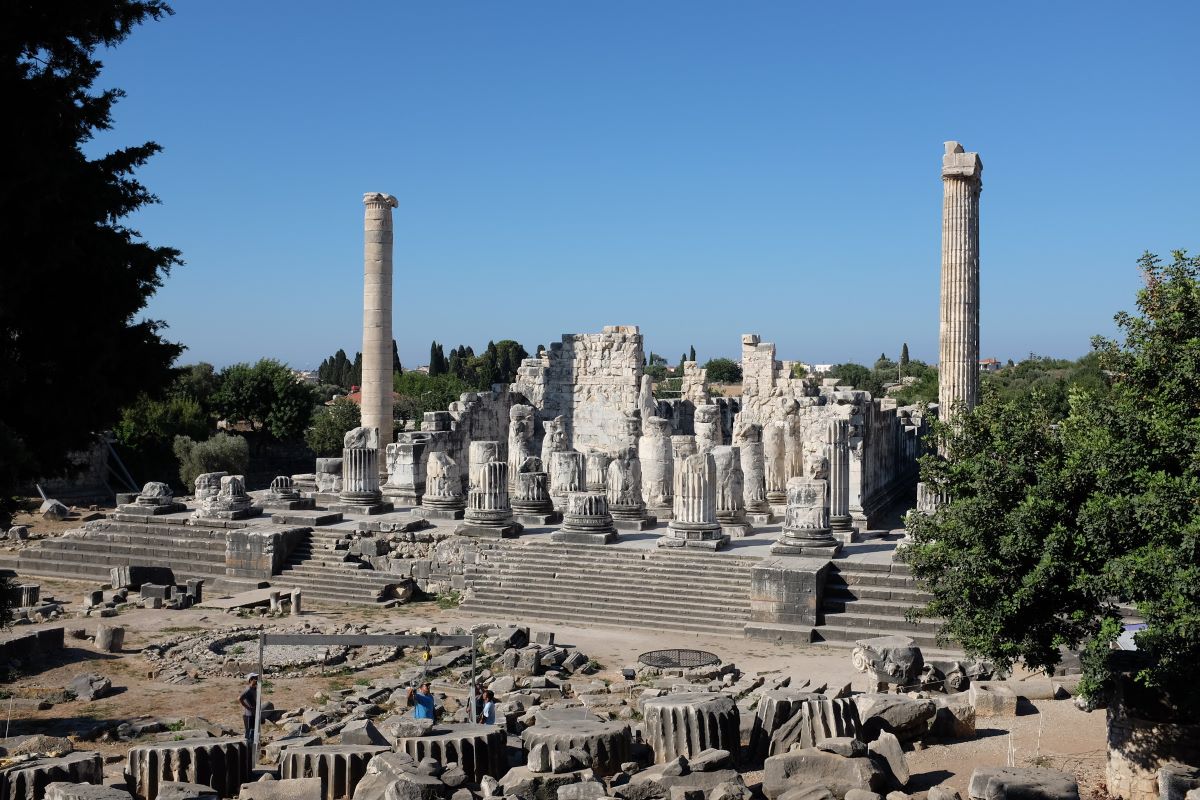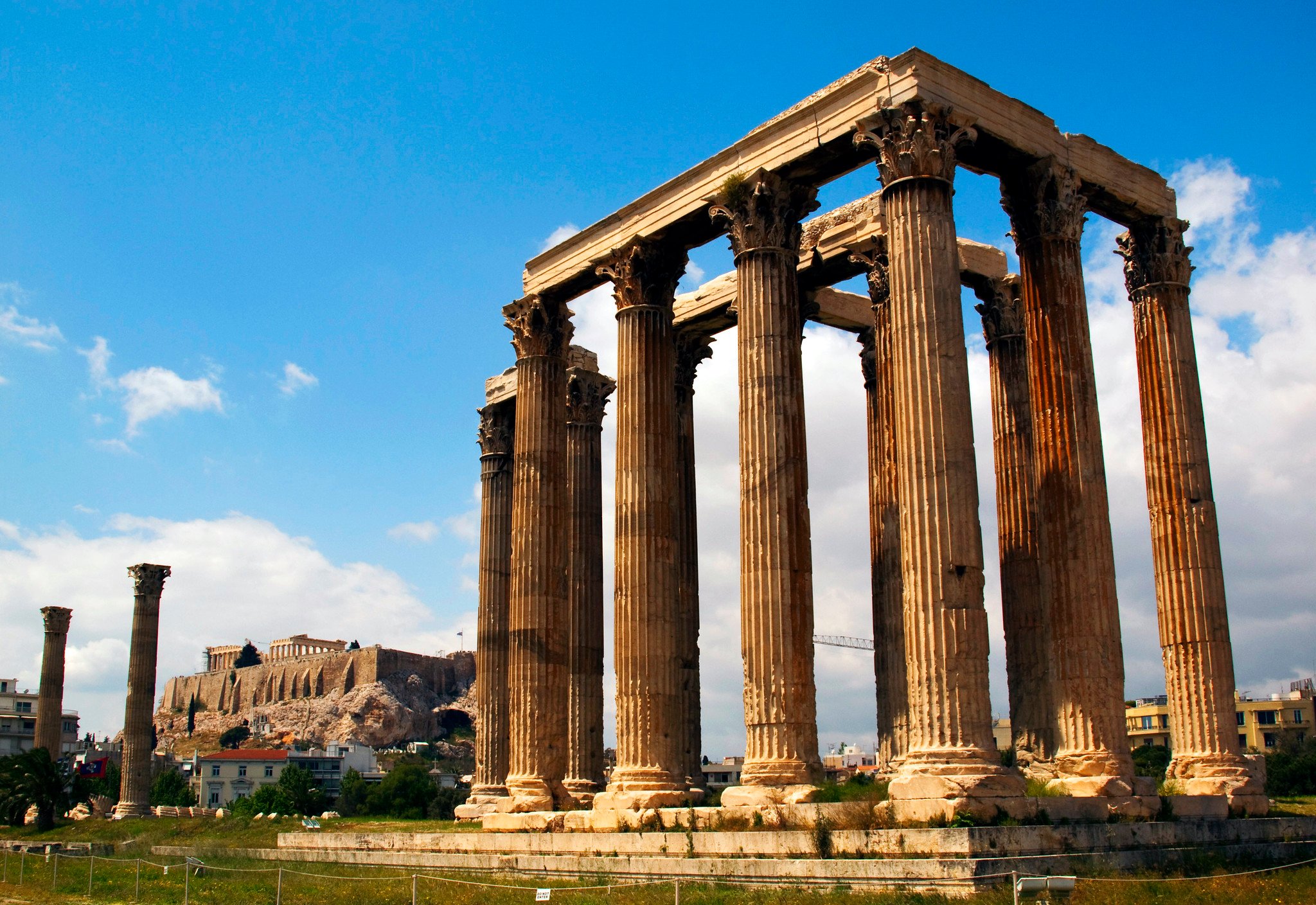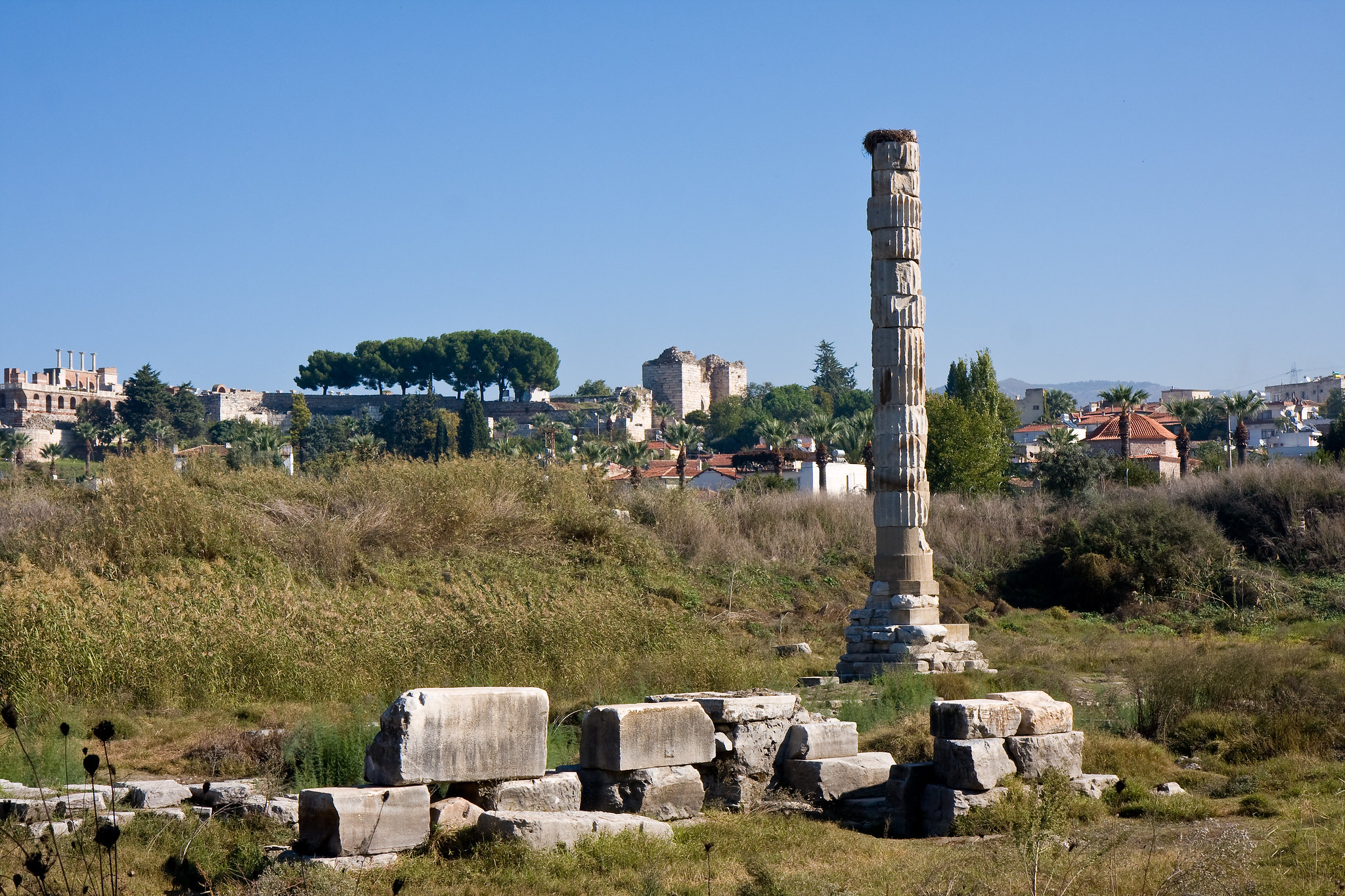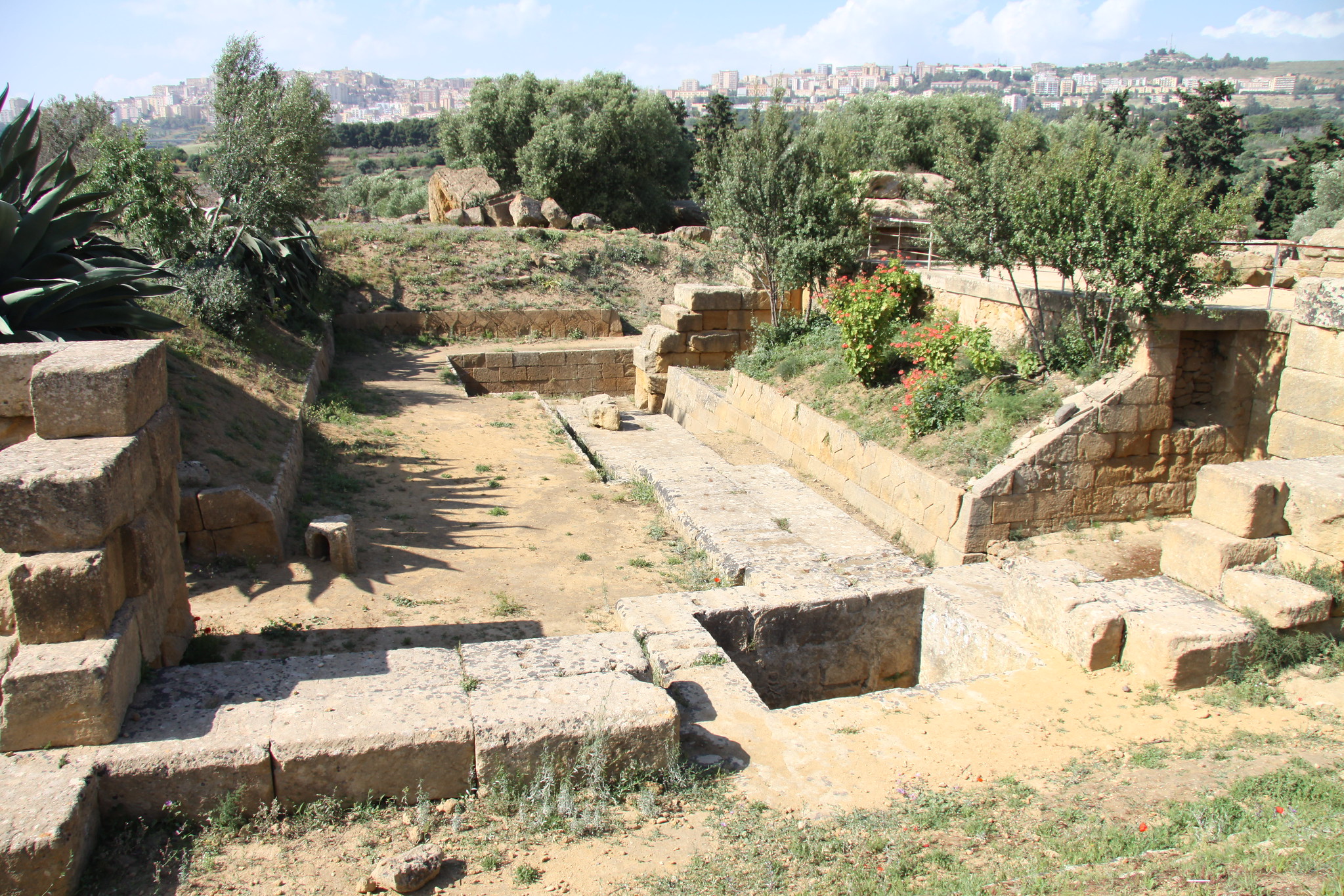
Temples of differing size dedicated to respective Greek gods of the pantheon could be found in every corner of the ancient Greek world, but which among them was the largest?
It is possible that for a long time the largest, grandest temple in the ancient world was the Temple of Olympian Zeus around five hundred meters from the Acropolis in Athens. However, it was quickly surpassed by others even greater.
Dedicated to the ‘Olympian Zeus,’ a title originating from his position as king of the Olympic gods, its construction began in the 6th century during the reign of the Athenian tyrants, who set their sights on building the greatest temple in the ancient world.

The Temple of Olympian Zeus included 104 columns and was not completed until the reign of Roman Emperor Hadrian in the second century AD around 640 years after the project had got underway.
During the Roman era, the temple was regarded as the largest in Greece and housed one of the biggest statues in the ancient world. The temple itself measured 107 meters at the base in length and 41 meters in width.
The temple did not stand for long, however, as it fell into disuse after being raided by a barbarian invasion in 267 AD, around a century after its completion. It was likely not repaired and gradually turned to ruins.
In the centuries following from the fall of the Roman Empire, the temple was quarried extensively for its building materials to supply construction projects in other areas of the city. Large parts of the temple still remain today, however, most notably sixteen of the original colossal columns.
The largest temple in the ancient Greek world
According to the University of Chicago, at one time, the Temple of Olympian Zeus was the largest temple in Greece, but it was soon surpassed by others even more grand, including the Temple of Artemis in Ephesus, the Temple of Hera in Samos, another temple dedicated to the Olympian Zeus, built in Akragas (today’s Agrigento), and the Temple of Apollo in Didyma.
The Temple of Artemis at Ephesus was located on the western coast of Asia Minor (modern day Turkey) and constructed in the sixth century BC, and although it was destroyed by a deliberate fire in the fourth century BC, it was rebuilt.
Roman historian Pliny the Elder wrote that the rebuilding was supervised by the master architect Chersiphron of Knossos, and, according to Pliny the Elder’s Natural History, the temple measured 129.5 meters in length and 68.6 meters in width, making it larger than the Temple of Olympian Zeus and almost double the size of the Parthenon.

However, it was damaged for the final time by a Christian mob, leaving only the foundations and a lone column visible today.
The extent and severity of the damage are unknown. The temple may have remained derelict until its official closure during the persecution of pagans in the late Roman Empire, as noted by Ammonius of Alexandria. This could have occurred as early as 407 CE or as late as the mid-fifth century. The name of Artemis appears to have been erased from inscriptions throughout Ephesus following its closure and the conversion of the city to Christianity.
Cyril of Alexandria attributed the temple’s destruction to Archbishop of Constantinople John Chrysostom, referring to him as “the destroyer of the demons and overthrower of the temple of Artemis.” Proclus, a later Archbishop of Constantinople, noted John’s achievements, saying, “In Ephesus, he despoiled the art of Midas,” but there is little evidence to back up this claim.
Temple of Hera in Samos
The Temple of Hera in Samos is the oldest of these great sanctuaries, having its origins in the eighth century BC. It was the first Greek temple to be one hundred foot in length, but this was soon surpassed by its newer version, which measured 108.6 meters in length and 55.2 meters in width.

Work on this latest version of the Temple of Hera began during the reign of Polycrates around 530 BC.
The ancient Greek historian Didorus, in speaking about the Temple of Olympian Zeus at Akragas (Agrigento), states that the columns’ grooves could easily house a man. Their height has been estimated to be between 14.5 to 19.2 meters, and each stood on a five-stepped platform roughly 4.5 meters above the ground.

Although the structure of the temple is still under debate, according to Brown University the current estimates suggest it was around 112.7 meters in length and 56.3 meters in width.
Brown University says of the Temple of Apollo at Didyma that the structure is arguably the most noted for ‘temple architecture’ of the Hellenistic period, stating that the construction of the building started in around 300 BC and continued until the second century but was never completed. It was in the city of Miletus.

The university claims the temple was 109.4 meters in length and 51.1 meters in width, with columns—one hundred and twenty of them—twenty meters high.
Hence, it seems that of all the grand temples of ancient Greece, the very largest was the Temple of Artemis in Ephesus.
See all the latest news from Greece and the world at Greekreporter.com. Contact our newsroom to report an update or send your story, photos and videos. Follow GR on Google News and subscribe here to our daily email!



